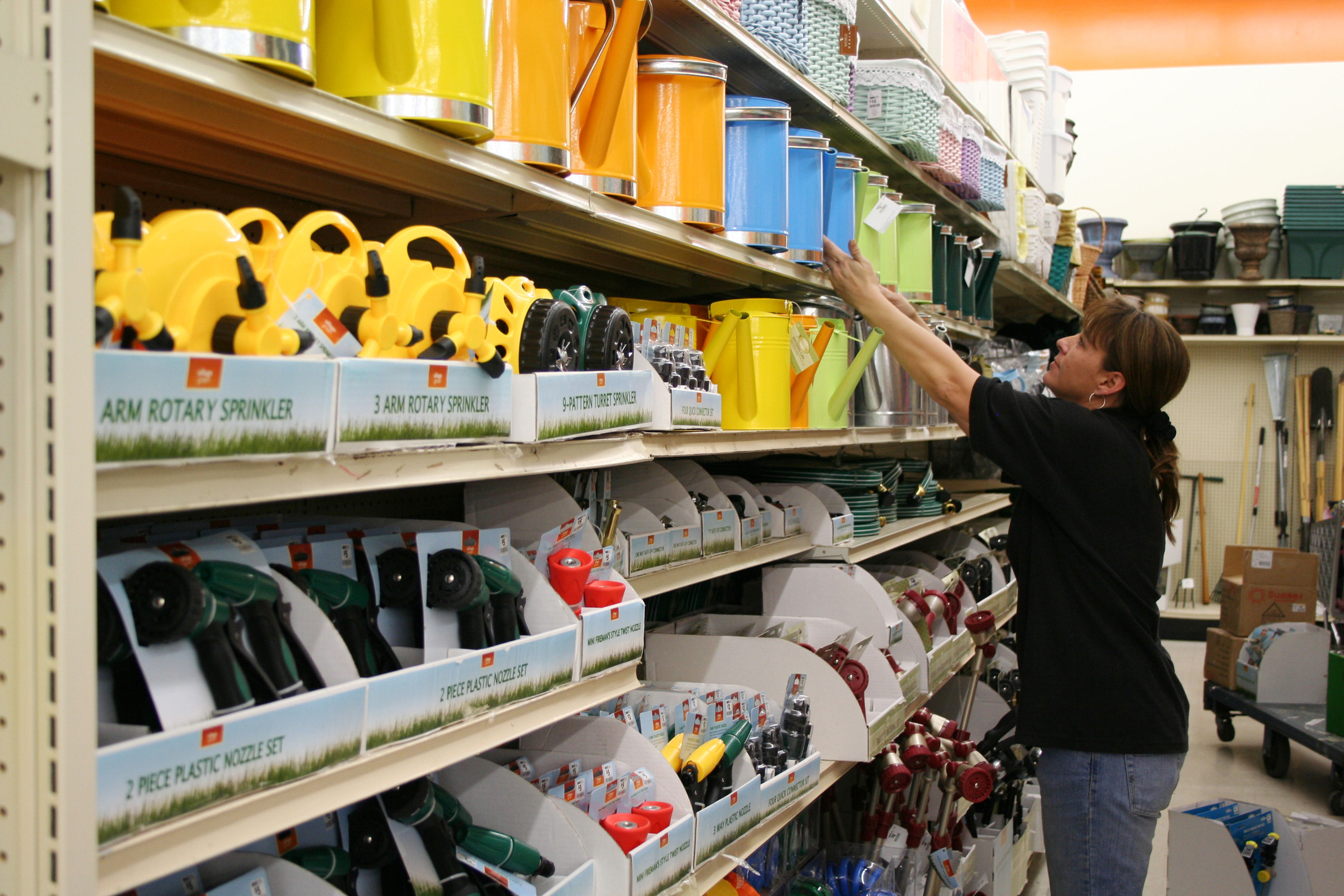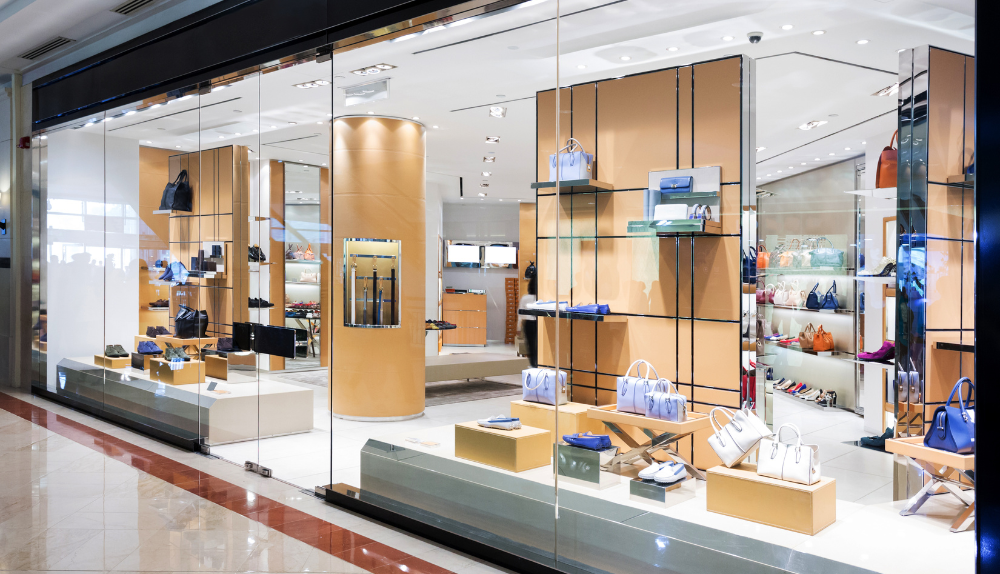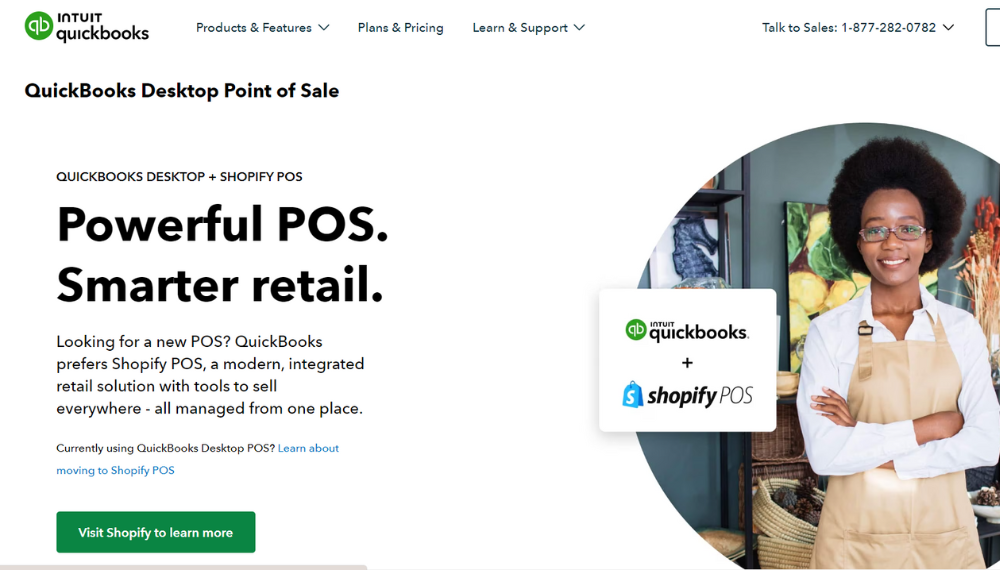Are you thinking of opening a retail store? Starting a retail business can be exciting, but it can also be challenging. There are many factors to consider when opening a retail store, from choosing a location to managing inventory. In this article, we will explain how to open a retail store successfully with a 7-step checklist.
 Opening a retail store is an exciting but challenging endeavor that requires careful planning and attention to detail. By following this 7-step checklist, you can increase your chances of success and establish a strong foundation for your business.
From conducting thorough research and selecting the right location to manage your operations and growing your business, each step in the process plays a critical role in your success. By dedicating time and effort to each aspect of the checklist, you can open a retail store that meets the needs of your customers and sets your business up for long-term success.
Remember, opening a retail store is a journey, not a destination. It requires ongoing effort and attention to detail to maintain your success and continue to grow your business. By staying committed to your goals, adapting to changing industry trends, and providing exceptional customer service, you can create a thriving retail store that is an asset to your community and a source of pride for you as a business owner.
Opening a retail store is an exciting but challenging endeavor that requires careful planning and attention to detail. By following this 7-step checklist, you can increase your chances of success and establish a strong foundation for your business.
From conducting thorough research and selecting the right location to manage your operations and growing your business, each step in the process plays a critical role in your success. By dedicating time and effort to each aspect of the checklist, you can open a retail store that meets the needs of your customers and sets your business up for long-term success.
Remember, opening a retail store is a journey, not a destination. It requires ongoing effort and attention to detail to maintain your success and continue to grow your business. By staying committed to your goals, adapting to changing industry trends, and providing exceptional customer service, you can create a thriving retail store that is an asset to your community and a source of pride for you as a business owner.
How to Open A Retail Store? Follow These Steps
Step 1: Research and Planning
Research and planning are crucial steps in opening a successful retail store. Here are some key aspects to consider: Conducting Market Research Before opening a retail store, you need to conduct market research to understand your target customers, their needs, and the competition. This can include analyzing industry trends, conducting surveys, and researching your competitors. Developing a Business Plan A business plan is a roadmap for your retail store that outlines your vision, goals, strategies, and financial projections. This should include details about your product or service offerings, target market, marketing plan, operational plan, and financial plan. Identifying Your Budget You need to determine how much money you have to invest in your retail store and create a budget for all your startup costs, including inventory, rent, utilities, equipment, and staffing. Choosing a Location Choosing the right location for your retail store is critical for success. You need to consider factors such as foot traffic, accessibility, competition, and rent costs. You may also want to consider the demographic makeup of the area and the local economy. Obtaining Permits and Licenses You need to obtain the necessary permits and licenses to operate a retail store. This may include a business license, sales tax permit, and zoning permit. The requirements may vary depending on your location and the type of products or services you offer. By conducting thorough research and planning, you can set your retail store up for success from the very beginning. This step can help you identify potential challenges, opportunities, and strategies to help you achieve your goals.Step 2: Choosing a Location
Choosing the right location for your retail store is critical for success. Here are some key aspects to consider: Foot Traffic Foot traffic refers to the number of people who walk by or near your retail store. The more foot traffic you have, the more potential customers you can attract. Look for locations with high foot traffic, such as busy shopping areas or near popular attractions. Accessibility Your retail store should be easily accessible for your customers. This includes having convenient parking, accessible public transportation, and easy-to-navigate sidewalks and entrances. Competition You should also consider the competition in the area. Look for areas where there is a demand for your products or services but not many competitors. This can help you stand out and attract more customers. Rent Costs Rent costs can be a significant expense for your retail store, so you need to choose a location that fits within your budget. Look for areas where the rent is affordable but still has the potential for high foot traffic and accessibility. Demographics Consider the demographic makeup of the area where you are planning to open your retail store. Look for areas with a high concentration of your target customers, such as families with children or young professionals. Local Economy The local economy can also affect the success of your retail store. Look for areas with a stable economy and low unemployment rates, as this can indicate a higher potential for customer spending. By considering these factors, you can choose a location that fits your budget and has the potential for high foot traffic and accessibility. This can help you attract more customers and increase the success of your retail store.Step 3: Registering Your Business
Registering your business is an important step in opening a retail store. Here are some key aspects to consider: Choosing a Business Structure You need to choose a legal structure for your retail store, such as a sole proprietorship, partnership, LLC, or corporation. Each structure has its own advantages and disadvantages, so you need to choose the one that fits your business needs. Registering Your Business Name You need to register your business name with the appropriate authorities. This ensures that no other business is using the same name and helps protect your brand identity. Obtaining a Tax ID Number You need to obtain a tax identification number from the IRS. This is used to identify your business for tax purposes and is necessary for hiring employees or opening a business bank account. Licenses and Permits – How To Apply Your licenses and permits will depend on the location you want to operate. It will also depend on the services or products that you will offer. Based on these three factors you will need to obtain specific license or permit types. These licenses can be business license, sales tax permit, zoning permit, and health department permits. Obtaining Insurance You should obtain insurance for your retail store to protect your business from potential liabilities. This includes general liability insurance, property insurance, and worker's compensation insurance. Opening a Bank Account You need to open a separate bank account for your retail store to keep your business finances separate from your personal finances. This can help simplify your accounting and tax reporting. By registering your business, you can ensure that your retail store is operating legally and protect your business from potential risks. This step can also help you access funding, such as loans or grants, and establish credibility with customers and suppliers.Step 4: Setting up Your Retail Store
Setting up your retail store is a critical step in the process of opening your business. Here are some key aspects to consider: Store Layout The layout of your store should be carefully planned to create a welcoming and organized environment for your customers. Consider the flow of traffic, the placement of displays and shelves, and the overall ambiance of the space. Merchandising Merchandising involves the selection, placement, and display of products in your store. It is important to create eye-catching displays that showcase your products and encourage customers to make a purchase. Point of Sale System A point of sale (POS) system is essential for processing transactions and tracking sales. Choose a POS system that fits your budget and offers the features you need, such as inventory tracking and sales reporting. Payment Processing You need to set up a system for processing payments from your customers. Accepting credit cards, cash, and checks can be included in this. Staffing You need to hire and train employees to help you operate your retail store. This may include sales associates, cashiers, and managers. Inventory Management You need to manage your inventory to ensure that you always have the products your customers want. This may include implementing an inventory management system, setting up reordering processes, and monitoring sales trends. Security You need to protect your retail store from theft and other security risks. This may include installing security cameras, using security tags on high-value items, and implementing procedures for handling cash and sensitive customer information. By setting up your retail store with careful planning and attention to detail, you can create an inviting environment for your customers and streamline your business operations. This can help you attract and retain customers and increase the success of your retail store.Step 5: Creating a Marketing Plan
Creating a marketing plan is an essential step in the process of opening a retail store. Here are some key aspects to consider: Target Audience Identify your target audience or the group of customers who are most likely to be interested in your products. This may include demographic information such as age, gender, location, and income level. Branding Develop a strong brand identity for your retail store. This includes creating a logo, choosing a color scheme, and developing a consistent voice and tone for your marketing materials. Advertising Choose the advertising channels that will be most effective for reaching your target audience. This may include social media, print ads, email marketing, and local events. Public Relations Develop relationships with local media outlets and influencers to generate positive publicity for your retail store. Promotions and Sales Create promotions and sales to encourage customers to visit your store and make a purchase. This may include discounts, free gifts with purchases, and loyalty programs. Online Presence Develop a strong online presence for your retail store through social media, a website, and online advertising. Measuring Success Set goals and track the success of your marketing efforts. This may include monitoring website traffic, social media engagement, and sales. By creating a marketing plan, you can effectively promote your retail store and attract customers. This can help you establish a strong brand identity, increase visibility, and ultimately drive sales.Step 6: Launching Your Retail Store
Launching your retail store is an exciting and critical step in the process of opening your business. Here are some key aspects to consider: Soft Launch Consider holding a soft launch, or a soft opening, to test your operations and receive feedback from customers before your grand opening. This can help you identify any issues and make necessary adjustments before opening to the public. Grand Opening Plan a grand opening event to generate excitement and attract customers. This may include offering discounts, hosting giveaways, and inviting local media and influencers to attend. Staffing Ensure that you have a sufficient number of employees on hand to handle the anticipated level of customer traffic. Make sure that your staff is well-trained and prepared to handle any questions or issues that may arise. Inventory Management Ensure that you have enough inventory to meet customer demand. Monitor sales and adjust your inventory levels as necessary. Customer Service Provide exceptional customer service to ensure that customers have a positive experience and are more likely to return in the future. Train your staff to be friendly, helpful, and knowledgeable about your products. Marketing Continue to market your retail store after the launch to maintain visibility and attract new customers. This may include social media advertising, email marketing, and local events. By launching your retail store with careful planning and attention to detail, you can generate excitement and attract customers. This can help you establish a strong reputation in your community and set your business up for long-term success.Step 7: Managing and Growing Your Retail Store
Managing and growing your retail store is an ongoing process that requires dedication and hard work. Here are some key aspects to consider: Operations Management Maintain efficient operations by monitoring inventory levels, managing staffing, and regularly reviewing and updating your policies and procedures. Customer Feedback Solicit feedback from customers to identify areas where you can improve. This may include sending surveys or providing a suggestion box in-store. Sales Analysis Analyze your sales data to identify trends and areas for improvement. This can help you make data-driven decisions about inventory management, marketing, and operations. Employee Development Invest in the development of your employees through training and career development opportunities. This can help you retain valuable staff members and maintain a high level of customer service. Financial Management Monitor your financial performance closely and make adjustments as necessary to ensure that your retail store remains profitable. Expansion Consider opportunities for expansion, such as opening additional locations or expanding your product offerings. Careful planning and research can help you identify the best path for growth. By managing and growing your retail store effectively, you can maintain a strong presence in your community and continue to attract new customers. This requires ongoing attention to detail, dedication to your business, and a willingness to adapt and evolve with the changing needs of your customers and industry. By following this 7-step checklist, you can increase your chances of opening a successful retail store. Remember to do your research, plan carefully, and focus on providing excellent customer service to create a positive customer experience.Conclusion
 Opening a retail store is an exciting but challenging endeavor that requires careful planning and attention to detail. By following this 7-step checklist, you can increase your chances of success and establish a strong foundation for your business.
From conducting thorough research and selecting the right location to manage your operations and growing your business, each step in the process plays a critical role in your success. By dedicating time and effort to each aspect of the checklist, you can open a retail store that meets the needs of your customers and sets your business up for long-term success.
Remember, opening a retail store is a journey, not a destination. It requires ongoing effort and attention to detail to maintain your success and continue to grow your business. By staying committed to your goals, adapting to changing industry trends, and providing exceptional customer service, you can create a thriving retail store that is an asset to your community and a source of pride for you as a business owner.
Opening a retail store is an exciting but challenging endeavor that requires careful planning and attention to detail. By following this 7-step checklist, you can increase your chances of success and establish a strong foundation for your business.
From conducting thorough research and selecting the right location to manage your operations and growing your business, each step in the process plays a critical role in your success. By dedicating time and effort to each aspect of the checklist, you can open a retail store that meets the needs of your customers and sets your business up for long-term success.
Remember, opening a retail store is a journey, not a destination. It requires ongoing effort and attention to detail to maintain your success and continue to grow your business. By staying committed to your goals, adapting to changing industry trends, and providing exceptional customer service, you can create a thriving retail store that is an asset to your community and a source of pride for you as a business owner.





